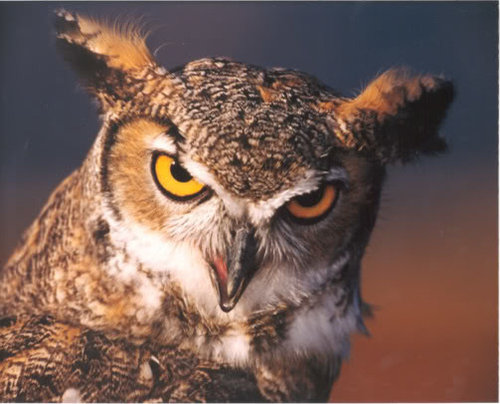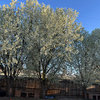the ultimate in rodent control
digit
16 years ago
Related Stories

HOME TECHNew TV Remote Controls Promise to Do More — Without the Struggle
Dim your lights, set up user profiles and discover a remote you can't lose. Welcome to the latest and greatest way to change the channel
Full Story
DREAM SPACESRoom of the Day: Dreaming Big Inspires an Ultimate Bath of Luxury
Talk about a dream space. This bathroom has a heated lounge seat, fireplace, TV, steam shower and more
Full Story
HOLIDAYS9 Ultimate Gift Wrapping and Crafts Stations
Ribbons spooling through an open door; colored paper nipping at your nose — workstations like these make the holiday season even brighter
Full Story
BATHROOM DESIGNThe Bathroom Goes High-Tech
The ultimate in bathrooms have preset controls, TVs in the mirror, and music at the commode
Full Story
CONCRETEWhy Concrete Wants to Crack
We look at the reasons concrete has a tendency to crack — and what you can do to help control it
Full Story
REMODELING GUIDES8 Remodeling Costs That Might Surprise You
Plan for these potential budget busters to keep a remodeling tab from escalating out of control
Full Story
HOME TECHIs It Curtains for Curtains? Smart Glass Eliminates Window Coverings
Windows can now control light and heat through electricity and high-tech formulations, making blinds and shades optional
Full Story
MOST POPULAR4 Obstacles to Decluttering — and How to Beat Them
Letting go can be hard, but it puts you more in control of your home's stuff and style. See if any of these notions are holding you back
Full Story
HOME TECHMake Your Home a Champion Olympics Viewing Platform
Watch a sprint during a cooking marathon or a vault while curled up in bed. Live streaming and mobile apps put viewing in your control
Full Story
BATHROOM DESIGNPut the Kibosh on Hair Dryer Chaos
Fed up with knocked-over blowers and tangled cords? Try these tactics for keeping hair dryers and other styling tools under control
Full StoryMore Discussions









bpgreen
digitOriginal Author
Related Professionals
Mountain Brook Landscape Architects & Landscape Designers · Towson Landscape Architects & Landscape Designers · Sahuarita Landscape Architects & Landscape Designers · Jackson Landscape Contractors · Amesbury Landscape Contractors · Bedford Landscape Contractors · Eustis Landscape Contractors · Fairhope Landscape Contractors · Lantana Landscape Contractors · Ridgewood Landscape Contractors · Shenandoah Landscape Contractors · Phoenix Solar Energy Systems · East Brunswick Solar Energy Systems · Sanger Solar Energy Systems · Santa Maria Solar Energy Systemsdavid52 Zone 6
digitOriginal Author
stevation
digitOriginal Author
digitOriginal Author
stevation
stevation
digitOriginal Author
david52 Zone 6
singcharlene